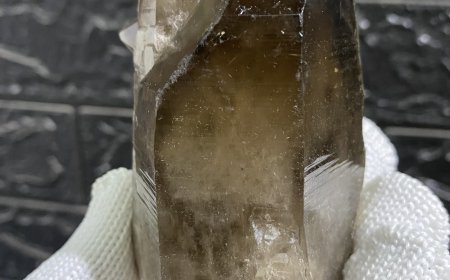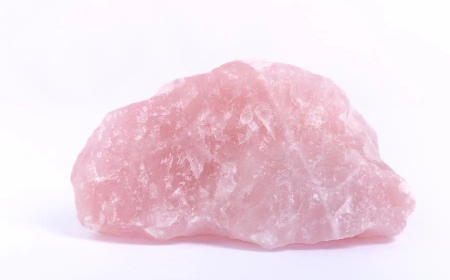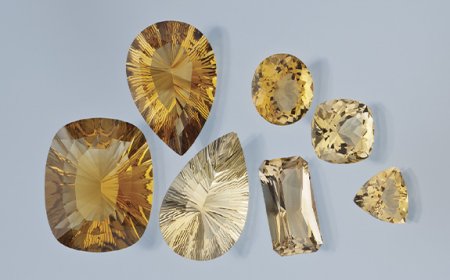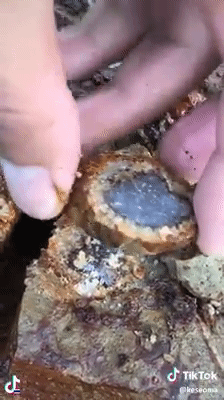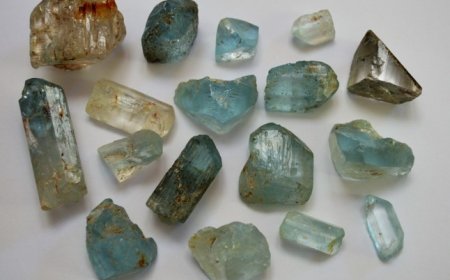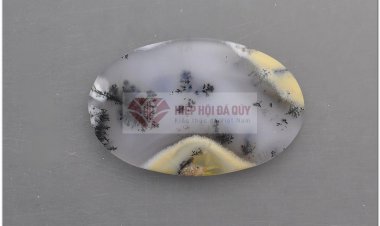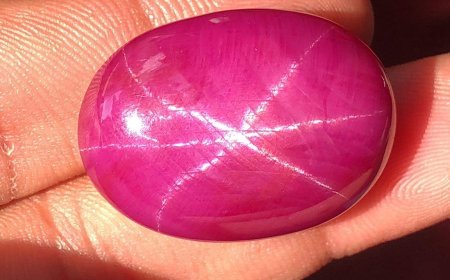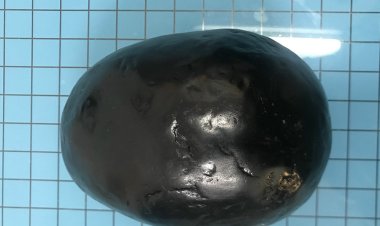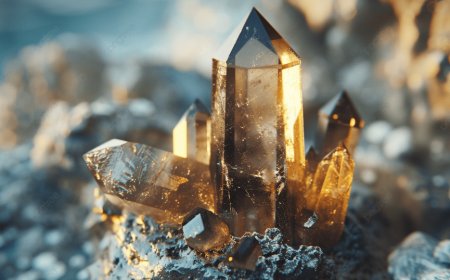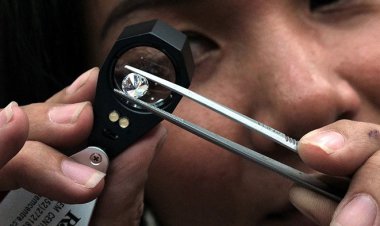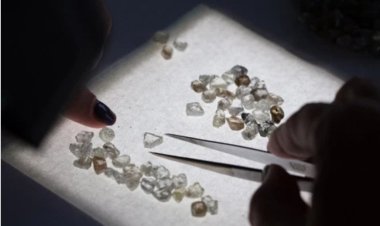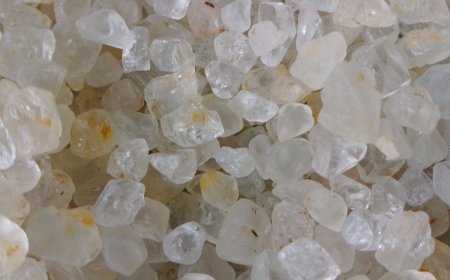What’s a Melo Melo Pearl and Why is it So Valuable?
Melo melo pearls (a.k.a. melo pearls) are gorgeous creations of nature that come from the melo snail.
These beautiful pearls show up on runways, auction houses and on celebrities, but rarely on the common market. They’re known for their smooth porcelain luster, beautiful natural patterns and stunning, stylish color. Their extreme rarity and value make them highly sought after but finding a melo melo pearl is easier said than done.
Let’s take a look at what is a melo melo pearl and why it’s so valuable.
Where do Melo Melo Pearls Come From?

Melo pearls come from the melo melo snail, a marine gastropod from the Volutidae family, and is also known as the Indian volute or the bailer shell. This large creature populates the South China Sea and can also be found around Myanmar, Thailand, Vietnam and Cambodia.
In Myanmar, these creatures are called ‘coconut shell’ because they look like coconuts. The melo melo comes in colors ranging from pale orange to brown. Like the Queen Conch, it sometimes produces pearls although the chances of finding a pearl in a melo melo is one in several thousands.
The melo shell also has various uses, including jewelry. The lips of the snail can also have good color and these are sometimes cut and rounded to look like melo pearls. There are fake melo melo pearls around, because of how expensive these pearls are, so care must be taken if purchasing.
How Are Melo Melo Pearls Formed?
Melo melo pearls are formed in the same way that other pearls form in mollusks. When an irritant gets into the creature’s mantle, it begins its secretions in an attempt to reduce its discomfort. Over several years, the layers form a melo melo pearl.
Take a look at this video which shows a close-up of a beautiful melo melo pearl.
While oysters and mussels can be cultured and forced to create pearls, the melo pearl has not yet been successfully cultured. This means that every melo pearl found is natural, grown in the wild through the creature’s own devices. No human interference was involved. This makes melo pearls all the more desirable.
Characteristics of Melo Melo Pearls

Melo melo pearls, conch pearls and diamonds.
If you’re lucky enough to ever own a melo melo pearl, you’ll be amazed at its stunning color, size and flame patterns. In many ways, these pearls are like conch pearls, which have similar properties. Here’s a look at the characteristics of melo melo pearls:
Formation
Unlike pearls from oysters or mussels, the melo melo pearl is non-nacreous. It’s formed from a combination of calcite and aragonite, which gives it a porcelain-like texture and feel. In this way, the melo pearl is similar to the conch pearl, which is also non-nacreous.
Size
Melo pearls come in a range of sizes. Melo pearls grow to large sizes, with some reports claiming pearls the size of golf balls!
Color
The color of melo pearls range from a pale, faint yellow to intense orange. The most valuable variety are the vivid orange pearls. sometimes, however, melo melo pearls can fade, especially if exposed to natural sunlight.
Shape
Melo pearls are typically perfectly spherical, unlike conch pearls which occur in all shapes. They are rarely found in irregular shapes but can sometimes be baroque – longish, oval or slightly off-round.
Hardness and Durability
The melo melo pearl is harder than traditional pearls (2.5 to 4 Mohs) and ranks at 5. This makes it a durable gemstone that can last for many decades if properly taken care of.
Luster
The luster of the melo melo pearl is porcelaneous in that it has a smooth, reflective feel much like porcelain. Over time, this luster can fade but polishing the pearl can bring its luster back.
Carat Weight
While most pearls are measured in millimeters according to their size, melo melo pearls, like diamonds, are measured in carats.
Flame Structure
This is possibly the most beautiful feature of a melo melo pearl. These pearls exhibit patterns that look like flames, fanning across the surface of the pearl. Sometimes you may notice a cat’s-eye (chatoyancy) effect when you hold the pearl at certain angles. The most valuable melo melo pearls are those with excellent flame structure.
How Much Do Melo Melo Pearls Cost?
Because of their rarity, there is no standard way to price melo melo pearls. They’re priced on an individual basis, based on their quality, appearance and carat weight. Some melo melo pearls have raked in thousands of dollars in Asia, where they are more well-known than in the West. When set in beautiful jewelry, melo melo pearls command very high prices.
Famous auction house Christies has auctioned off melo pearls in the past, with high quality unmounted pearls typically going for over $75,000 while some mounted pearls have cost over $250,000.
Here’s a screenshot of a Christies melo pearl pendant listing, that sold for well over its maximum estimate of $200,000.

Melo pearls are typically bought by collectors, as they make a prized part of any gemstone collection. Because they’re so rare and difficult to find, often only those in the know are able to get their hands on them in time.

Conch pearl ring set with diamonds. Pure luxury!
The melo melo pearl is so rare that I couldn’t find a single pearl on Etsy or Amazon at the time of this writing, even though I came across several conch pearls, loose and mounted. This indicates that melo pearls are even rarer on the market than the rare conch pearl.
Theo https://pearlwise.pro/whats-a-melo-melo-pearl/
Tâm trạng của bạn với nội dung này là gì?
 Like
0
Like
0
 Dislike
0
Dislike
0
 Love
0
Love
0
 Funny
0
Funny
0
 Angry
0
Angry
0
 Sad
0
Sad
0
 Wow
0
Wow
0



